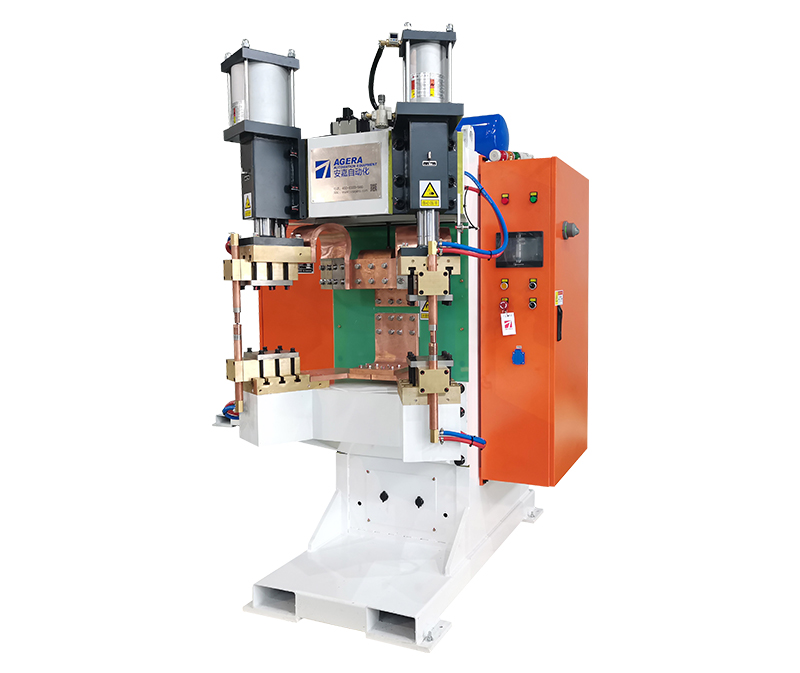In the world of manufacturing and engineering, spot welding is a fundamental process employed to join two or more pieces of metal. One crucial element in this process is the formation of a weld pool, which is particularly intriguing when it comes to nut spot welding machines. In this article, we will delve into the mechanics of how the weld pool is formed in these specialized machines.
Understanding the Nut Spot Welding Process
Before we explore the formation of the weld pool, let’s gain an understanding of the nut spot welding process. This technique is primarily used to join a nut or fastener to a metal workpiece, often in automotive and industrial applications. It’s a quick and efficient method, ensuring a secure connection that can withstand considerable loads.
The Role of Heat and Pressure
In nut spot welding, the two main factors at play are heat and pressure. The machine applies a localized heat source to the nut and the workpiece. This heat, often generated by an electrical current passing through the materials, causes the metal in the vicinity to melt. Simultaneously, pressure is applied to ensure proper contact between the nut and workpiece.
Formation of the Weld Pool
The weld pool, the molten metal region that forms during this process, is the key to a successful nut spot weld. It is created when the heat source, usually an electrode, comes into contact with the nut and the workpiece. The heat rapidly raises the temperature of the metal in this area, causing it to melt.
The molten metal collects at the interface between the nut and the workpiece. This is a critical point in the process, as it’s where the fusion of the two materials occurs. The pool must be of the right size and temperature to ensure a strong, durable weld.
Control and Precision
The size and shape of the weld pool are carefully controlled in nut spot welding. The duration of the heat application, the current used, and the pressure applied all play a role in determining the weld pool’s characteristics. The goal is to create a pool that’s just the right size to facilitate a strong bond without excessive splatter or distortion.
Solidification and Bonding
Once the weld pool is formed, it is allowed to cool and solidify. As the molten metal solidifies, it fuses the nut to the workpiece, creating a strong mechanical bond. This bond is achieved because the two materials, in their molten states, mix and intermingle at the atomic level. As they cool and solidify, they effectively become one.
In a nut spot welding machine, the formation of the weld pool is a critical step in creating a strong and durable connection between a nut and a metal workpiece. Through the precise control of heat, pressure, and timing, manufacturers can ensure that the weld pool is formed correctly, resulting in a reliable and robust joint. Understanding this process is essential for those involved in metalworking, welding, and engineering, as it underpins many industrial applications, particularly in the automotive and manufacturing sectors.
Post time: Oct-19-2023



